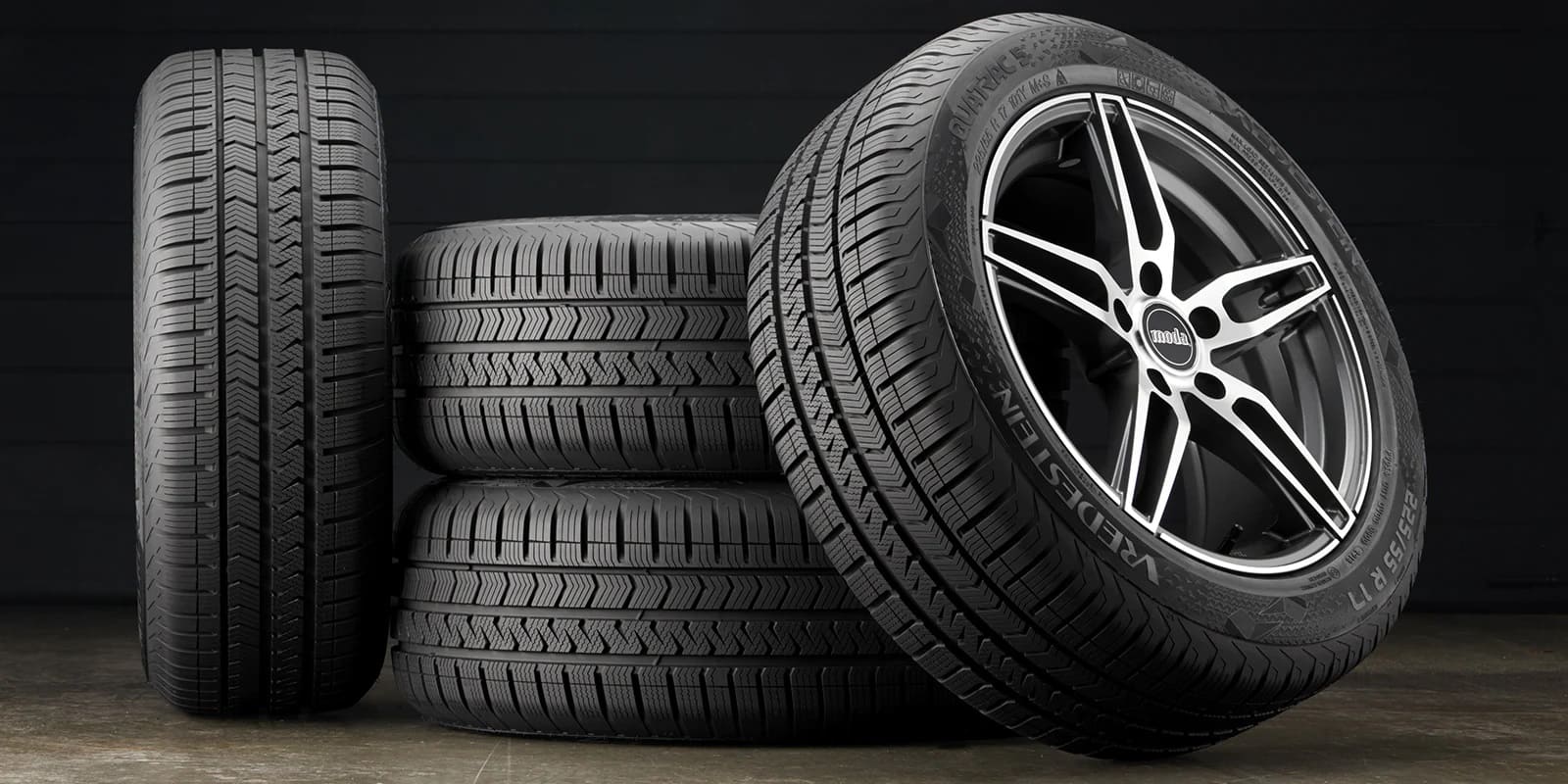

Articles
How To Store Wheels And Tires
Modified: January 6, 2024
Discover the best practices and tips for safely storing your wheels and tires with our informative articles. Ensure your tires stay in top condition for longer!
(Many of the links in this article redirect to a specific reviewed product. Your purchase of these products through affiliate links helps to generate commission for Storables.com, at no extra cost. Learn more)
Introduction
Properly storing wheels and tires is essential for maintaining their condition and prolonging their lifespan. Whether you are switching to winter tires, storing off-season wheels, or simply need to store extra tires, following the correct storage procedures is crucial. In this article, we will guide you through the step-by-step process of storing your wheels and tires to ensure they remain in top condition until you are ready to use them again.
By taking the time to clean, deflate, and remove the wheels, you can prevent any dirt, debris, or moisture from causing damage. Choosing a suitable storage location and using wheel and tire covers further protects them from environmental factors. Additionally, checking and rotating the wheels regularly while in storage will help prevent flat spots and ensure they are ready for use when needed.
So, let’s dive into the details of how to store wheels and tires effectively to keep them in optimal condition for years to come.
Key Takeaways:
- Properly storing wheels and tires involves cleaning, deflating, and removing the wheels, choosing a suitable storage location, and using wheel and tire covers. Regularly checking and rotating the wheels is crucial for maintaining their condition and prolonging their lifespan.
- Avoid long-term storage on concrete, as it can lead to moisture retention and flat spots on the tires. By following the step-by-step storage process and investing a little time and effort, you can ensure your wheels and tires remain in optimal condition for years to come.
Read more: How To Store Tires
Step 1: Clean the Wheels and Tires
The first step in storing your wheels and tires is to ensure they are thoroughly cleaned. Over time, dirt, brake dust, and other contaminants can accumulate on the surface, which can lead to corrosion or damage.
Start by using a gentle detergent mixed with water and a soft brush or sponge to clean the wheels. Pay close attention to the areas around the spokes, as dirt tends to build up in these areas. Avoid using harsh chemicals or abrasive brushes, as these can scratch or damage the wheel’s finish.
For tires, use a specialized tire cleaner and a tire brush to remove any dirt or grime. Scrub the tire sidewalls and tread thoroughly to get rid of any buildup. Inspect the tires for any signs of wear or damage, such as cracks or bulges. If you notice any issues, it may be a good idea to replace the tires before storing them.
After cleaning the wheels and tires, rinse them with water to remove any residual detergent. Dry them completely using a microfiber cloth or allow them to air dry. Ensuring they are completely dry before storage prevents moisture buildup and reduces the risk of corrosion or mold growth.
By taking the time to clean your wheels and tires thoroughly, you are removing any potential contaminants that could cause damage during storage. This step can significantly extend the lifespan of your wheels and tires and ensure they are in excellent condition when you retrieve them for use again.
Step 2: Deflate the Tires
Deflating the tires is an important step in storing wheels and tires, as it helps to prevent pressure-related damage and ensures they maintain their shape during storage.
Start by using a tire pressure gauge to measure the current air pressure in each tire. Refer to the manufacturer’s recommended tire pressure for guidance. Once you have the readings, remove the valve stem cap and use a tire valve tool or your finger to press down on the valve core. This will release the air from the tire.
It’s essential to deflate the tires gradually to avoid sudden pressure changes, which could damage the sidewalls. Remove air in small increments and check the tire pressure periodically until it reaches the desired level. Make sure to deflate the tires to an appropriate level based on the storage conditions and the type of tire. Consulting the tire manufacturer’s guidelines can provide specific recommendations for deflation.
Keep in mind that over-deflating the tires can cause damage as well. The ideal tire pressure for storage generally ranges between 10 and 15 PSI (pounds per square inch), but it’s crucial to follow the recommendations provided by the tire manufacturer.
Deflating the tires not only helps to maintain their shape, but it also reduces the stress on the tire walls and prevents any potential damage that could occur due to changes in temperature or pressure. It’s important to note that you will need to inflate the tires to the recommended pressure before reinstalling them on your vehicle.
By deflating the tires properly, you can ensure they stay in good condition during storage and are ready for use when you need them again. This step is a crucial part of the wheel and tire storage process and should not be overlooked.
Step 3: Remove the Wheels
Once you have cleaned the wheels and deflated the tires, it’s time to remove the wheels from the vehicle. This step is necessary for safe and efficient storage.
Start by loosening the lug nuts on each wheel using a lug wrench or a socket and ratchet. Loosen the lug nuts in a diagonal pattern to ensure equal pressure on all sides of the wheel. Once the lug nuts are loose, raise the vehicle using a jack or lift, following the manufacturer’s instructions.
Carefully remove the lug nuts and set them aside. Gently pull the wheel straight towards you to detach it from the wheel hub. If the wheel is stuck, you can use a rubber mallet to tap it lightly from behind to loosen it. Be cautious not to strike the wheel too hard or damage the wheel or wheel studs.
Once the wheel is removed, place it on a clean and flat surface, such as a tire rack or pallet, with the front side facing up. Avoid stacking the wheels on top of each other without any support, as this can cause them to deform or scratch.
Repeat this process for each wheel, ensuring you keep them organized to make reinstallation easier in the future. It’s also a good idea to label each wheel to indicate its position on the vehicle, such as “Front Left,” “Front Right,” “Rear Left,” or “Rear Right.” This will help ensure the wheels are reinstalled correctly, which can affect the vehicle’s handling and safety.
By removing the wheels, you are reducing the weight and stress on the suspension components, brakes, and tires. This also allows for proper storage and maintenance of both the wheels and the vehicle during the off-season or when switching to a different set of wheels.
Now that the wheels are removed, you are ready to proceed with selecting a suitable storage location for them.
Step 4: Choose a Suitable Storage Location
Choosing the right storage location for your wheels and tires is essential to protect them from damage and ensure they remain in optimal condition during their time in storage.
When selecting a storage location, consider the following factors:
- Temperature and Humidity: Opt for a storage area with a consistent temperature and humidity level. Extreme temperature fluctuations and high humidity can cause damage to the wheels and tires, such as corrosion, mold growth, or rubber degradation. Ideally, the storage area should be cool, dry, and well-ventilated.
- Protection from the Elements: Choose a location that provides protection from direct sunlight, rain, snow, and other weather conditions. Exposure to UV rays can fade and weaken the rubber, while moisture can lead to corrosion. If storing the wheels and tires outdoors, consider using a weatherproof cover or finding a sheltered spot.
- Space and Accessibility: Ensure you have enough space to store the wheels and tires without them being stacked on top of each other. This will help prevent deformation or damage. Additionally, make sure the storage area is easily accessible when you need to retrieve the wheels for use.
- Cleanliness: Keep the storage area clean to prevent dirt, dust, or debris from settling on the wheels and tires. Store them away from any chemicals or solvents that could cause damage.
If you have the space, a garage or a dedicated storage room would be an ideal option for wheel and tire storage. Make sure to elevate the wheels from the ground using a sturdy rack or pallet to prevent contact with moisture or a concrete floor, as this can cause moisture buildup and corrosion.
If a garage or dedicated storage area is not available, consider using a self-storage unit that offers climate control and security features. These units are designed to maintain stable temperature and humidity levels, ensuring the wheels and tires are well-protected.
By selecting a suitable storage location, you can safeguard your wheels and tires from environmental factors and help maintain their condition throughout their time in storage.
When storing wheels and tires, make sure to clean them thoroughly before storing to prevent corrosion. Store them in a cool, dry place away from direct sunlight and extreme temperatures to maintain their condition.
Read more: How To Store Wheels
Step 5: Stack or Hang the Wheels and Tires
Once you have chosen a suitable storage location, it’s time to decide whether to stack or hang the wheels and tires. Both methods have their advantages, so consider the space available and the condition of your wheels and tires before making a decision.
Stacking: Stacking the wheels and tires is a common storage method, especially when space is limited. When stacking, ensure that the wheels and tires are placed horizontally on top of each other. Avoid stacking them too high to prevent any potential damage or deformation.
It’s crucial to use a sturdy and stable rack or tire stacking system to support the weight of the stacked wheels. If you don’t have a dedicated rack, you can use a wooden pallet or a stack of tires to provide a stable base for stacking.
Make sure to place a piece of cardboard or a rubber mat between each wheel to prevent any scratching or rubbing. If you have wheel covers, you can place them between the wheels as well for added protection.
Hanging: Hanging the wheels and tires is another storage option, especially if you want to save space or if your wheels are equipped with tire monitoring sensors or delicate finishes that need extra care.
To hang the wheels and tires, you can use wall-mounted tire racks or sturdy hooks specifically designed for this purpose. Ensure that the hooks or racks are securely attached to the wall and can support the weight of the wheels.
When hanging the wheels, it’s important to avoid placing excessive stress on the tire sidewalls. You can use specialized wheel hangers that securely hold the wheel by the spokes to distribute the weight evenly and prevent damage.
Regardless of whether you choose to stack or hang the wheels and tires, ensure that they are stable and secure to prevent any accidents or damage.
Remember to keep the wheel covers on during storage to protect the wheels from dust and debris. If you don’t have wheel covers, consider using plastic bags or cloth covers to shield the wheels from any potential damage.
By properly stacking or hanging the wheels and tires, you can maximize space and keep them organized, allowing for easy retrieval and ensuring they remain in good condition during storage.
Step 6: Use Wheel and Tire Covers
Using wheel and tire covers is an excellent way to add an extra layer of protection during storage. These covers provide a barrier against dust, moisture, and other potential sources of damage, helping to keep your wheels and tires in top condition.
When selecting wheel and tire covers, consider the following:
- Material: Opt for covers made from durable and breathable materials such as vinyl or polyester. These materials are resistant to moisture and UV rays while allowing proper airflow to prevent mold or mildew growth.
- Size: Ensure that the covers are the right size for your wheels and tires. They should fit snugly without being too tight or too loose. Covers that are too tight can cause pressure on the tire walls, while loose covers may not provide adequate protection.
- Design: Choose covers that are designed specifically for wheels and tires. These covers often come with elastic bands or drawstrings to keep them securely in place.
Prior to placing the covers, make sure your wheels and tires are clean and dry to prevent any trapped moisture or dirt from causing damage.
Cover each wheel individually, ensuring that the cover extends from the top of the wheel to the bottom, covering the entire surface area. If you have wheel covers installed, make sure to cover them as well.
When covering the tires, go for covers that wrap around the entire circumference of the tire. These covers will shield the rubber from UV rays and help prevent dry rot.
Using wheel and tire covers can significantly reduce the amount of cleaning and maintenance required when you retrieve your wheels for use. They also help to maintain the aesthetic appearance of your wheels by preventing dust and debris accumulation.
By investing in good-quality wheel and tire covers, you are providing an extra layer of protection to ensure your wheels and tires are in excellent condition throughout their time in storage.
Step 7: Avoid Long-Term Storage on Concrete
When it comes to storing your wheels and tires, it’s important to consider the surface on which they will be stored. While concrete may seem like a solid and convenient option, it is not ideal for long-term storage.
Concrete surfaces can absorb and retain moisture, which can lead to the development of mold, mildew, and corrosion on the wheels and tires. Additionally, the hardness and rough texture of concrete can increase the risk of flat spots on the tires.
Flat spots occur when the weight of the vehicle compresses the tires in a specific area, causing the rubber to develop a flat spot. This can result in vibrations and an uneven ride when you reinstall the tires on your vehicle.
Therefore, it is recommended to store your wheels and tires on a clean, dry, and flat surface that is not susceptible to moisture absorption. Consider using a wooden pallet, tire rack, or storage shelf to elevate the wheels and tires off the ground.
If storing the wheels and tires in a garage or storage room, you can also place them on a piece of carpet or a rubber mat to provide additional protection and prevent any moisture transfer between the tires and the floor.
By avoiding long-term storage on concrete and opting for an elevated and moisture-resistant surface, you can help prolong the lifespan of your wheels and tires while minimizing the risk of damage or flat spots.
Step 8: Check and Rotate Wheels Regularly
Regularly checking and rotating your stored wheels is crucial for maintaining their condition and ensuring they are ready for use when needed. Follow these steps to keep your wheels in optimal shape:
1. Inspection: Regularly inspect your wheels for any signs of damage, such as cracks, bends, or corrosion. Additionally, check the tire tread for wear and any signs of sidewall damage. If you notice any issues, it’s important to address them promptly to prevent further damage or potential safety hazards.
2. Tire Pressure: Check the tire pressure periodically using a tire pressure gauge. Properly inflated tires prevent flat spots and ensure optimal performance when it’s time to reinstall them. Refer to the manufacturer’s recommended tire pressure for accuracy.
3. Rotate Tires: To prevent uneven wear, it’s recommended to rotate the tires regularly, including their positions in storage. This practice can help distribute the weight evenly and maintain the overall condition of the tires. Follow the manufacturer’s guidelines for tire rotation patterns specific to your vehicle.
4. Reinflate Tires: Before reinstalling the wheels on your vehicle, make sure to reinflate the tires to the manufacturer’s recommended tire pressure. This will ensure proper performance and safety on the road.
5. Clean and Protect: As you inspect and rotate your stored wheels, take the opportunity to clean and protect them. Remove any dust or debris using a soft brush or cloth, and apply a tire protectant or wheel sealant to maintain the appearance and protect against UV rays and contaminants.
By regularly checking and rotating your stored wheels, you can identify any potential issues early on, extend the lifespan of your tires, and ensure they are in excellent condition when it’s time to use them again.
Read more: How To Store Winter Tires
Conclusion
Properly storing your wheels and tires is essential for maintaining their condition and maximizing their lifespan. By following the step-by-step process outlined in this article, you can ensure your wheels and tires remain in optimal shape until they are ready to be used again.
From cleaning the wheels and deflating the tires to choosing a suitable storage location and using wheel and tire covers, each step plays a crucial role in protecting your investment. Remember to avoid long-term storage on concrete and regularly check and rotate your wheels to prevent damage and ensure they are ready for use.
By investing a little time and effort into storing your wheels and tires properly, you can extend their lifespan, promote safety on the road, and enhance your overall driving experience. Whether you are switching to off-season tires, storing extra wheels, or simply looking to maintain their condition, these steps will help you preserve the quality and performance of your wheels and tires for years to come.
Take the necessary precautions, pay attention to details, and enjoy the peace of mind that comes with knowing your wheels and tires are in good hands during storage. By following these guidelines, you can ensure that your wheels and tires will be ready to hit the road when you are.
Frequently Asked Questions about How To Store Wheels And Tires
Was this page helpful?
At Storables.com, we guarantee accurate and reliable information. Our content, validated by Expert Board Contributors, is crafted following stringent Editorial Policies. We're committed to providing you with well-researched, expert-backed insights for all your informational needs.

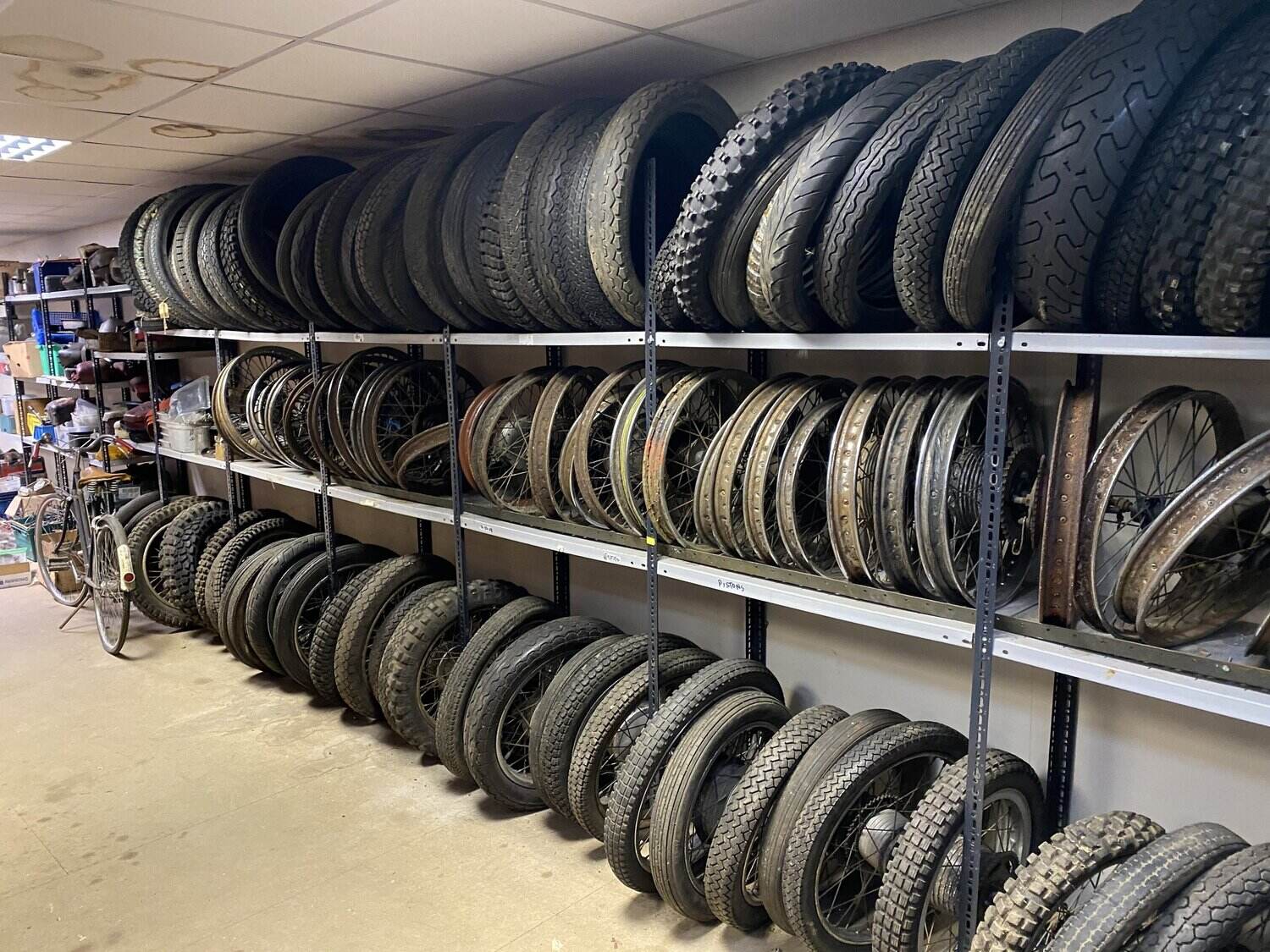
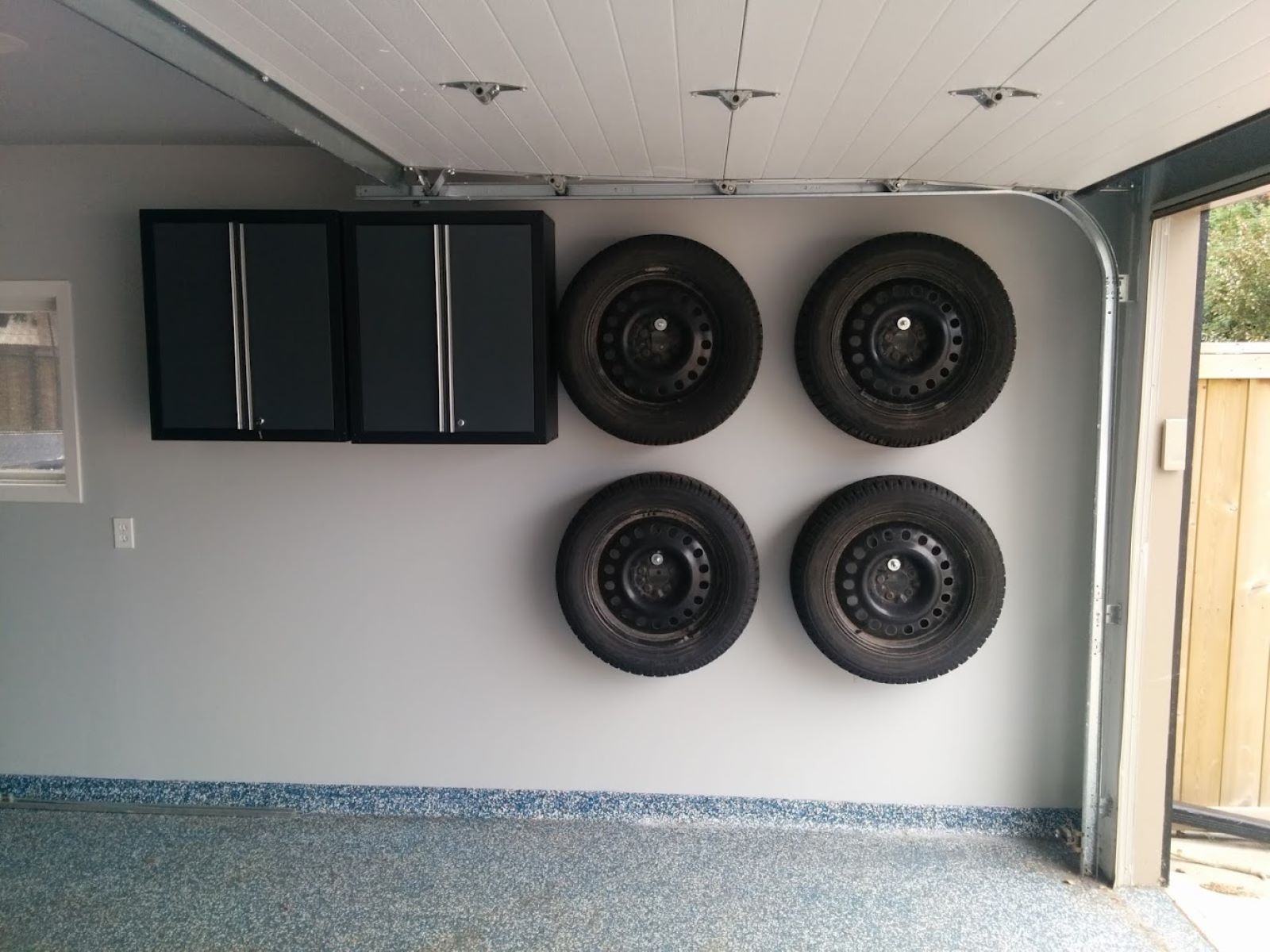
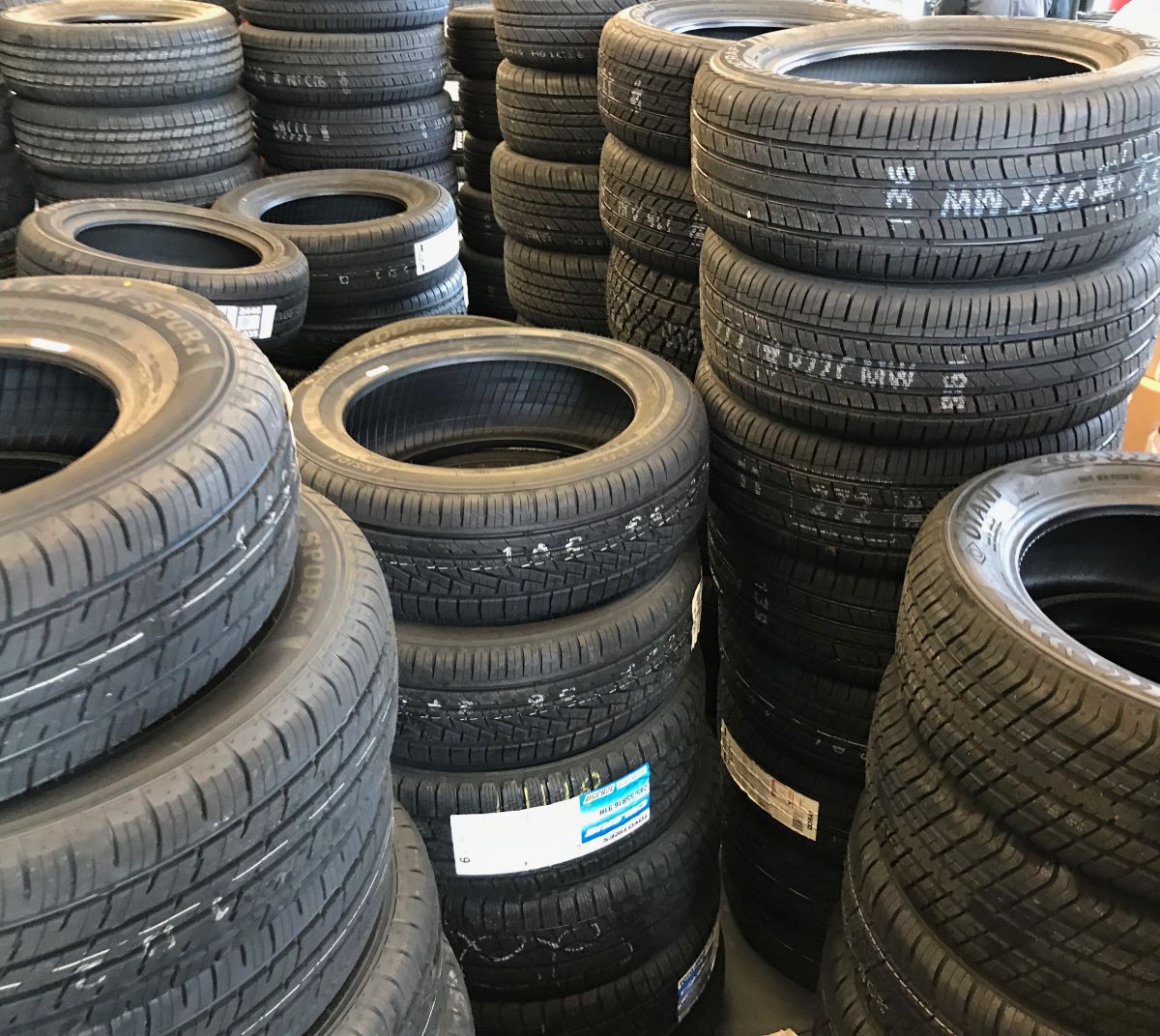
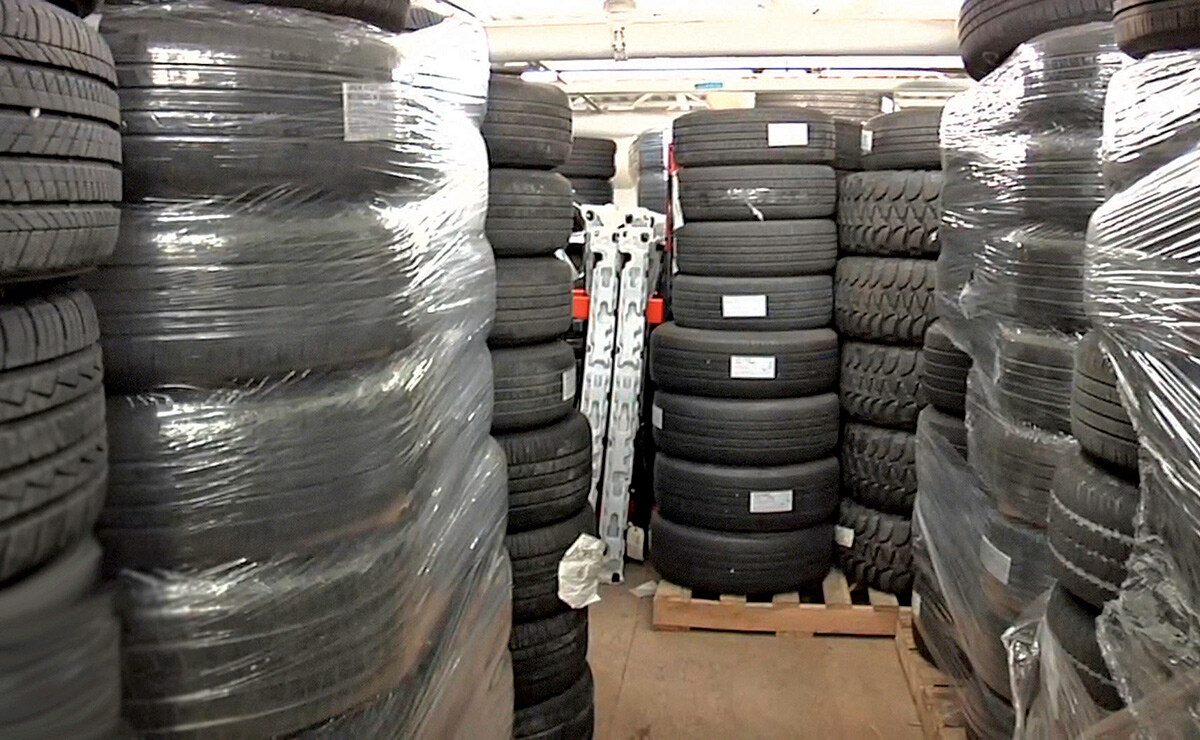
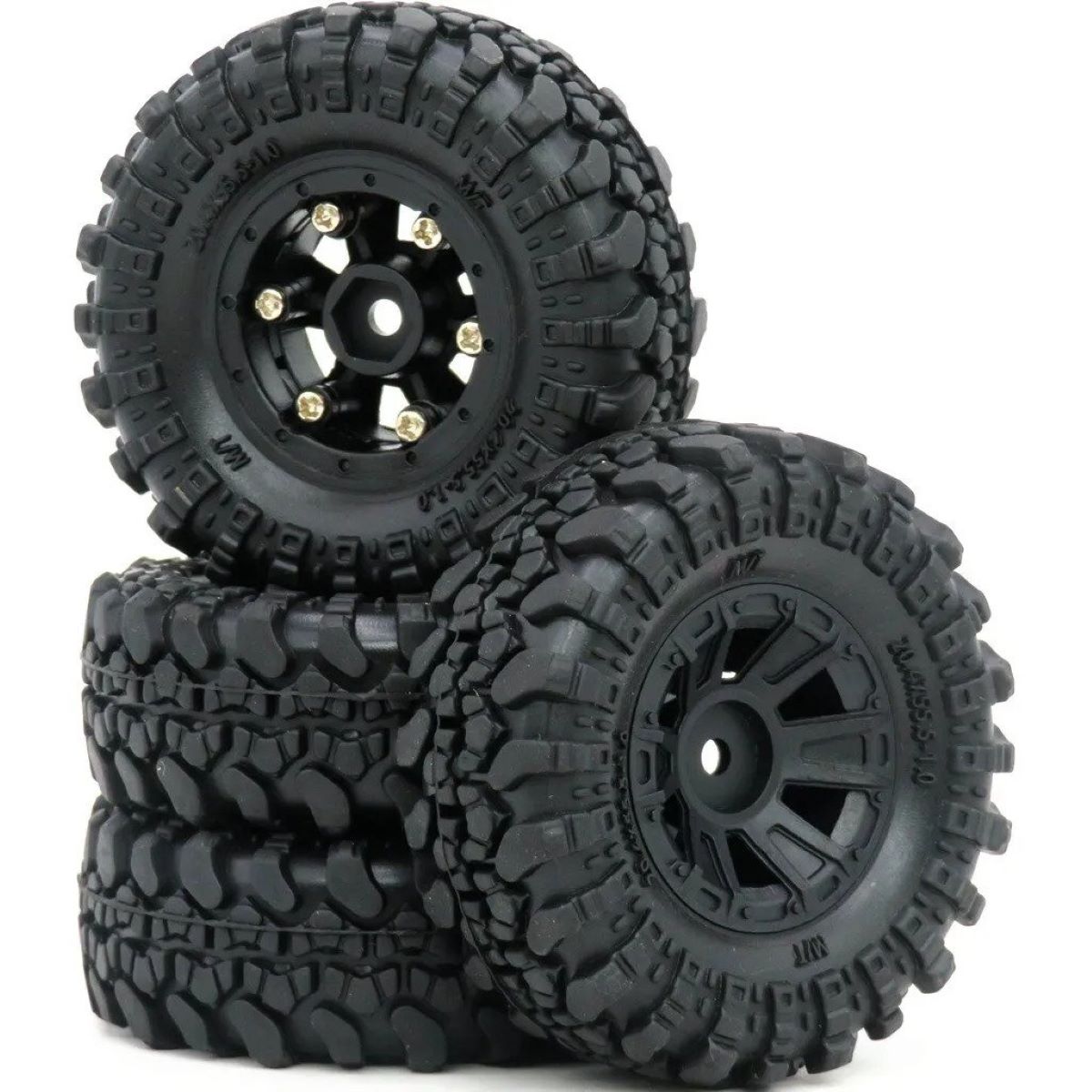
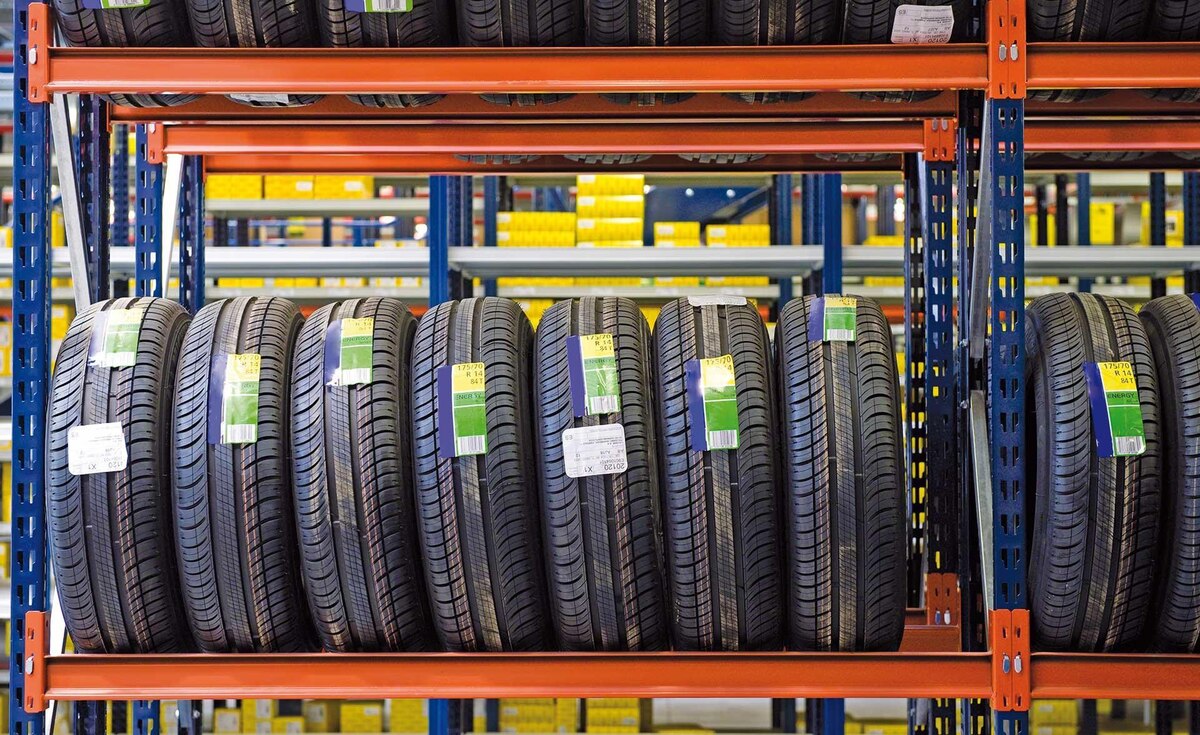
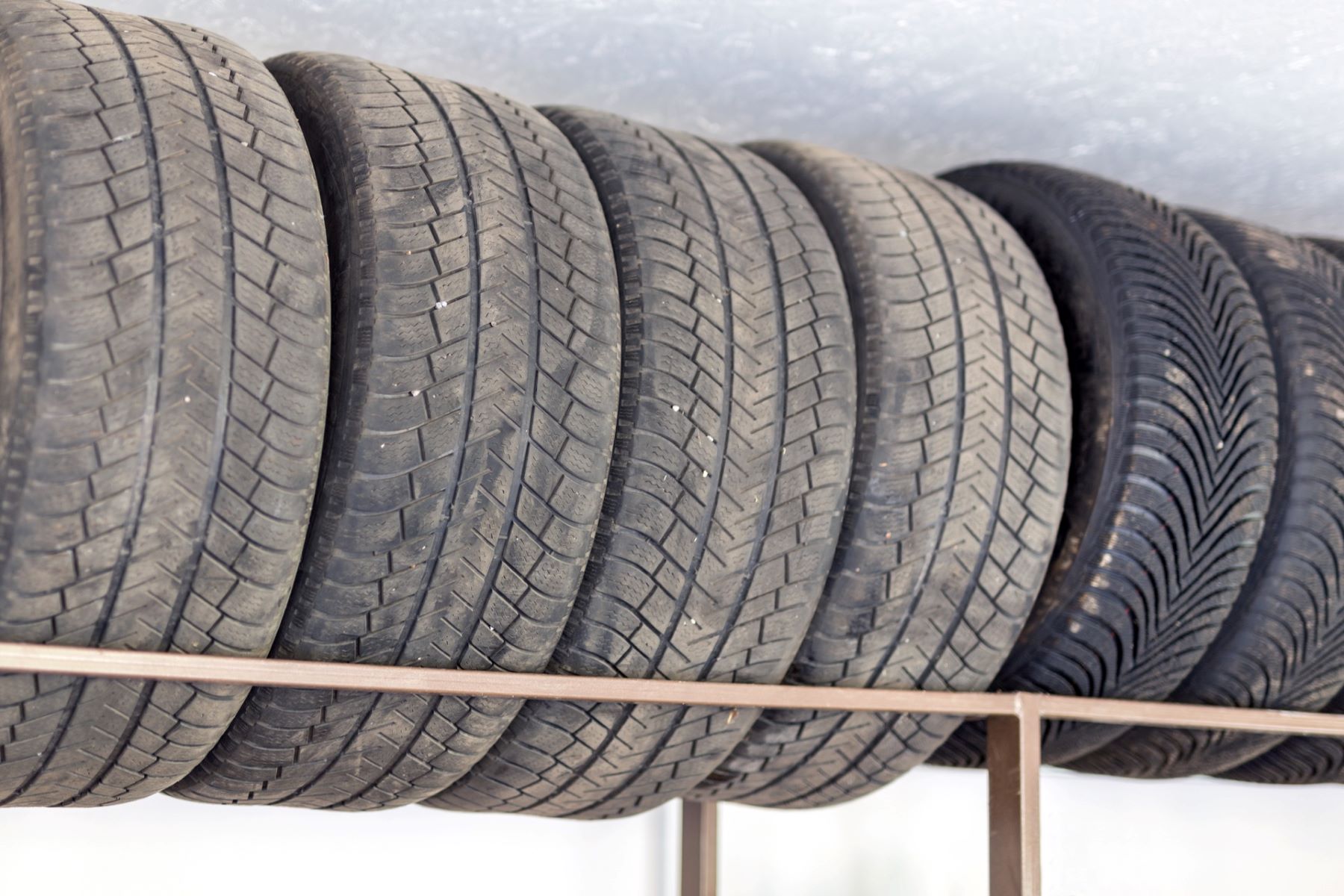
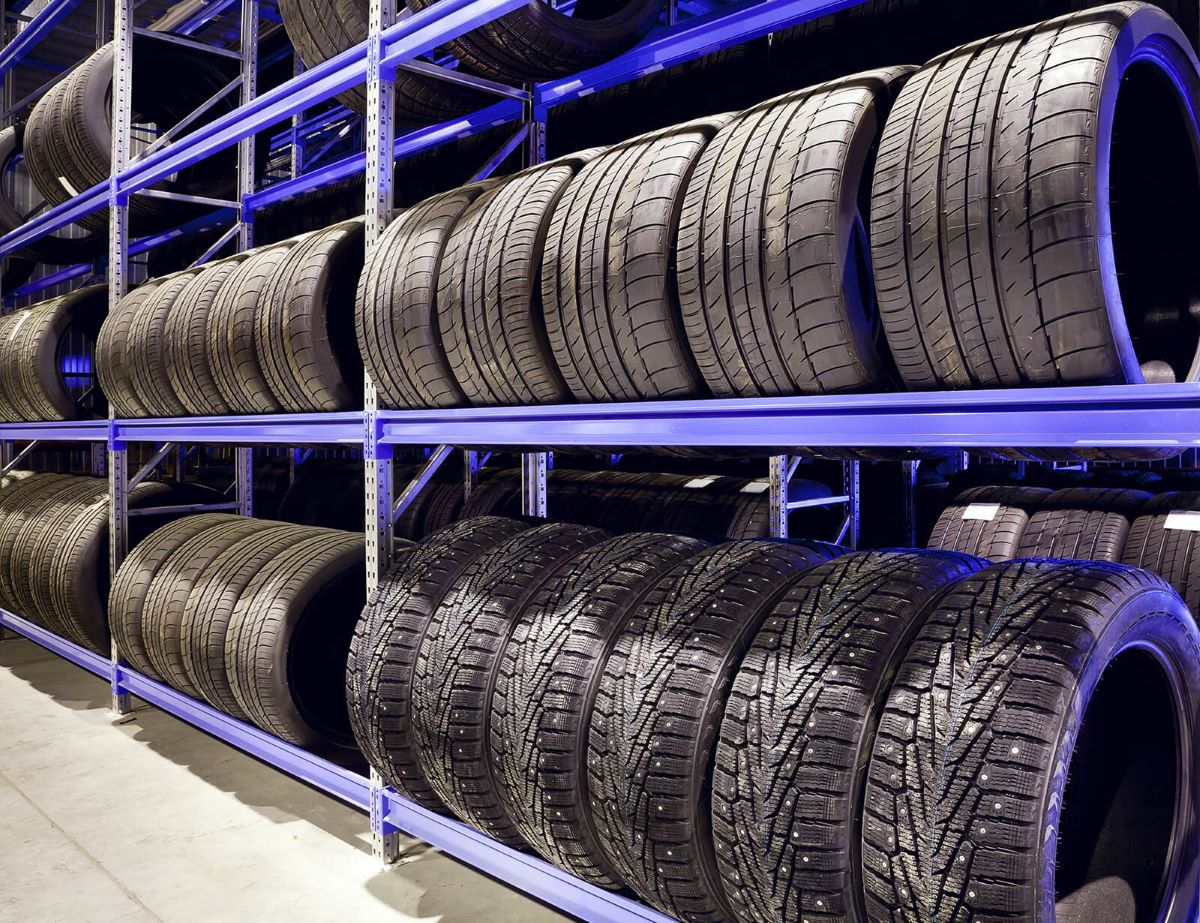
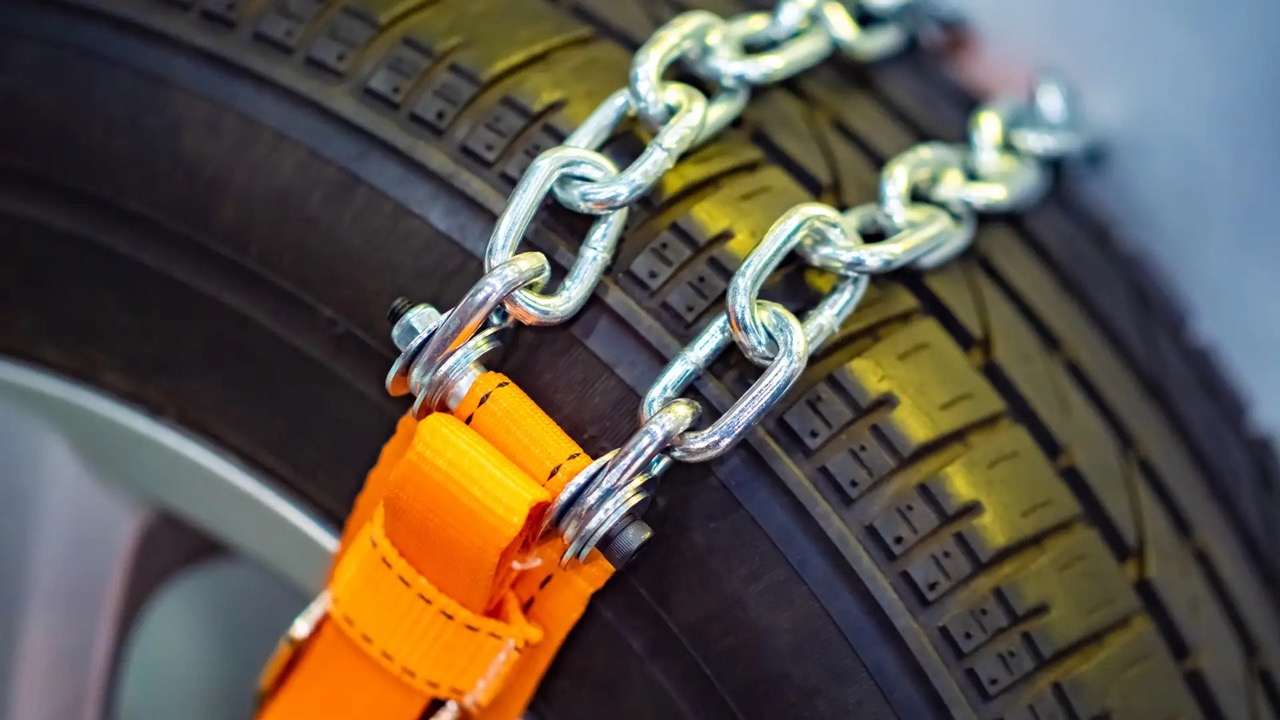
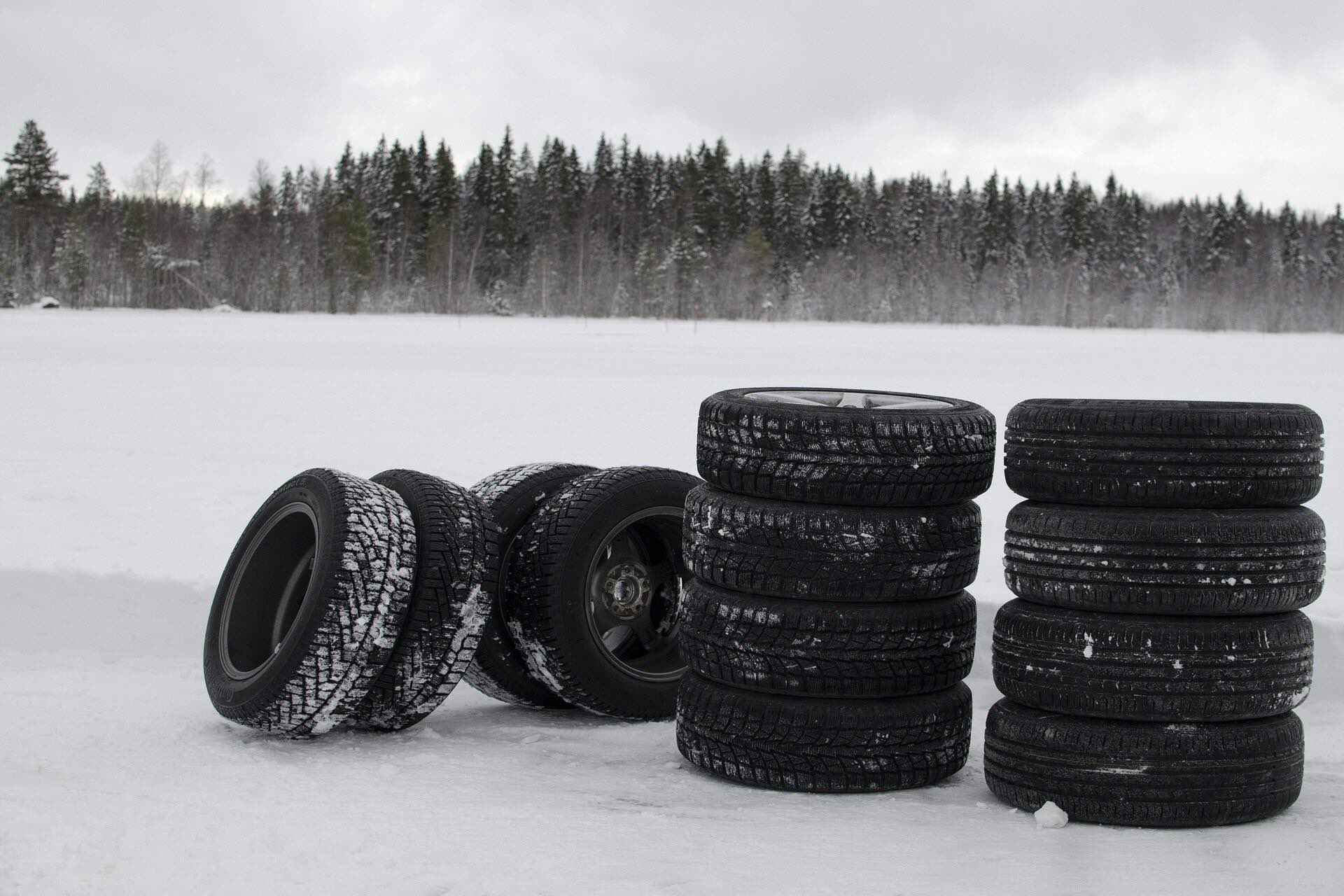
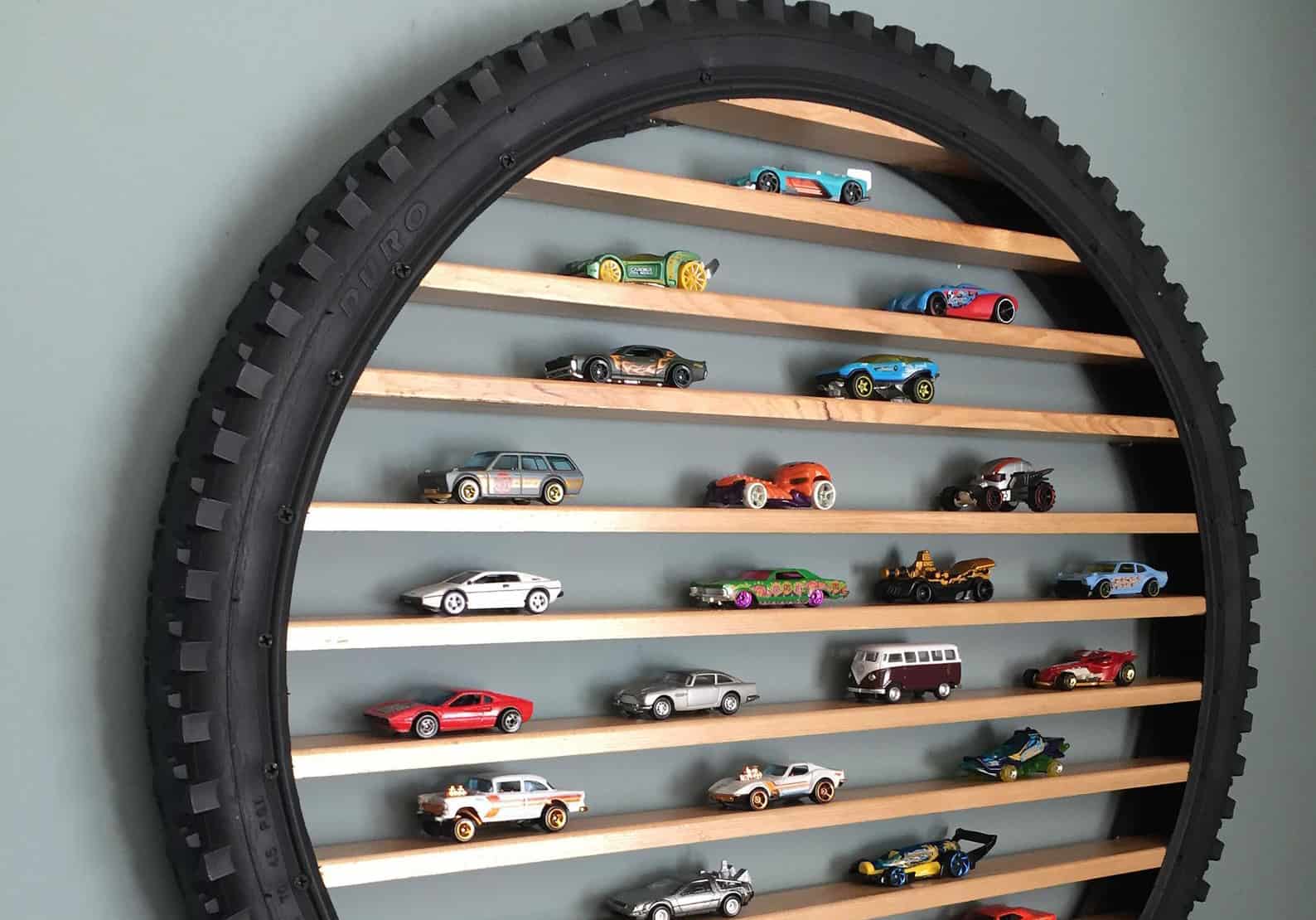
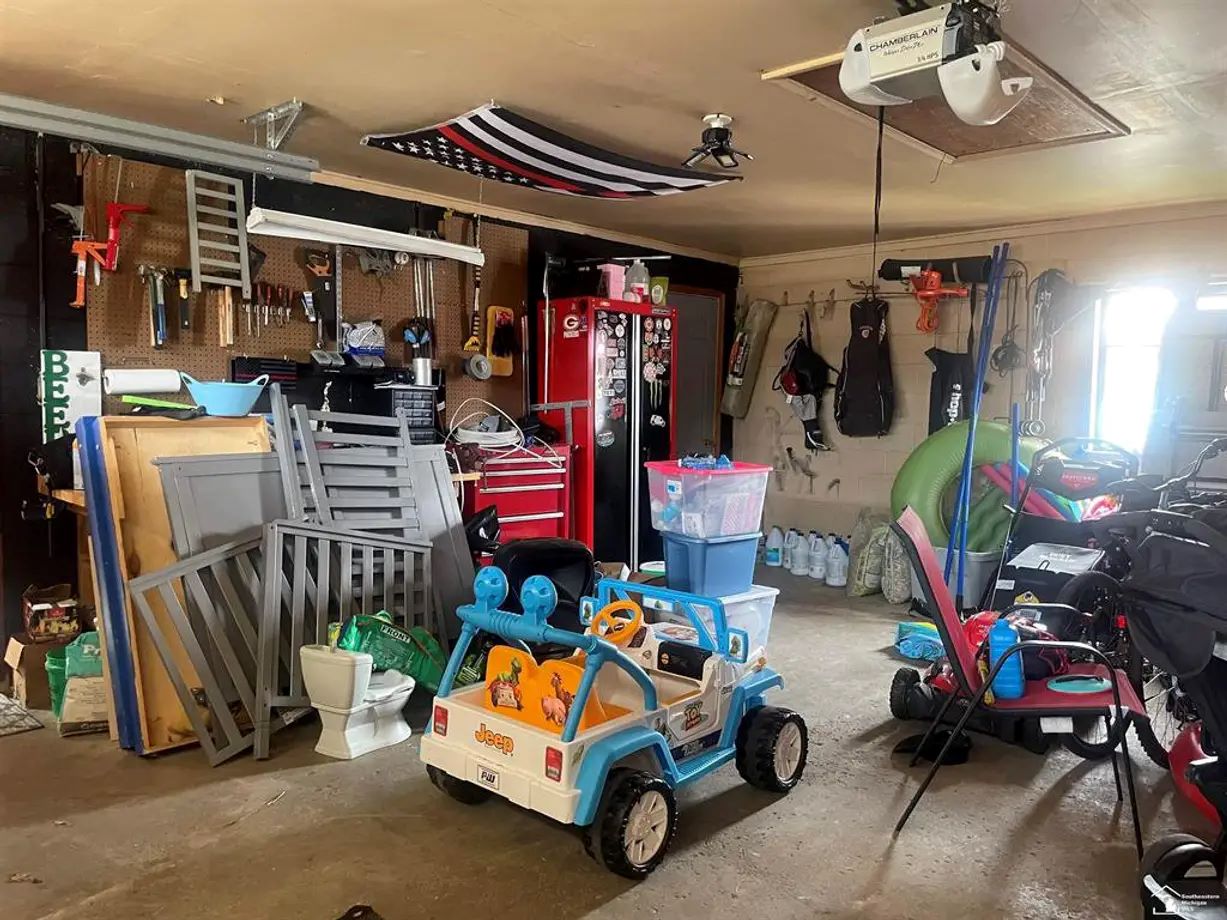

0 thoughts on “How To Store Wheels And Tires”